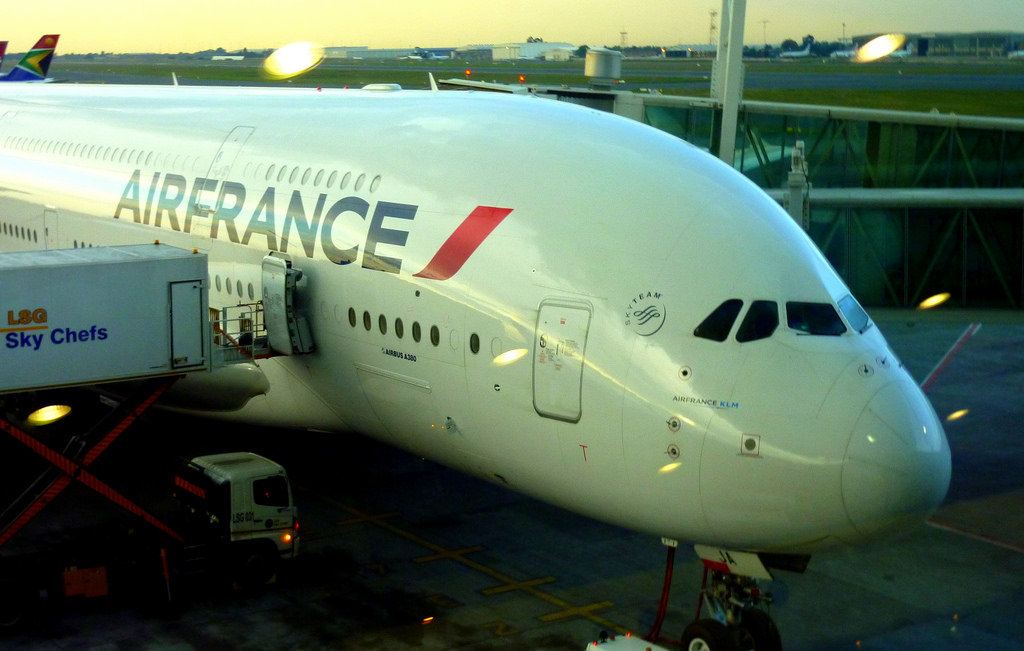SHARE
Air France Crowdsourcing Contest
Although launching a crowdsourcing campaign as an open call to the whole world has many advantages, for certain projects it will lead to nothing but frustration. The company typically ends up with thousands of ideas from every Karl, John and Sally with low quality. Going through all the submissions can also be a hassle.
Targeted Crowdsourcing
Launching a campaign with controlled boundaries might be a good solution in case we want to avoid such issues. A great example is when Air France launched an open innovation contest few years ago to design a new in-flight meal tray and tableware. Air France didn't open the contest to the whole world but only to a pre-selected list of participants.
The French company decided to go after students and young adults who had graduated from design, fine art, graphic art and industrial design schools in a handful of countries – France, Belgium, the Netherlands, Italy, Switzerland and the United Kingdom.
Net Effect? By limiting the pool of participants to a highly knowledgeable and more manageable group, Air France increased its chances of receiving high quality submissions.
There were few additional benefits associated with being so picky. A by-product of crowdsourcing is brand awareness and marketing effect: By linking itself to few high-caliber universities in Europe, the airline helped to create an aspirational association between itself and the concept of being "high quality".
Amazing Outcomes
Air France strategy of approaching crowdsourcing in a controlled way certainly paid off: The top prize was awarded to Sabine Marcelis and Paula Colchero who designed two sets of tableware, characterized by originality, creativity and aesthetics, as well as for being technically feasible, cost efficient and environmental friendly.
From operations perspective, the winning design minimizes waste and reduces weight, fuel consumption and the emission of gases. Their idea which is called PICNIC consists of two stacked towers of containers - one for hot food and one for cold food that allow a passenger to distribute their meal as they wish. Each container acts as a lid for another container which eliminates the need for packaging, thereby making a cost saving as well as being a little friendlier on the planet. There is also no need for a tray which is a big space and cost saver.
What are the lessons learned
The Air France case is a good model for organizations concerned about how they will manage a large pool of ideas which might not necessarily contain high quality submissions. It ensures high performers are definitely involved in the contest.
It also demonstrates that we can effectively apply crowdsourcing to service operations: Design or operations contests are not only about products but one can always tap into the wisdom of the crowd for service improvement input.
Do you have other examples of crowdsourcing in service in mind?
Download our Engineering Crowdsourcing white paper
Photo credit: atlanticstorm (Christopher_Griner) /Foter / CC BY
Source material: Idea Connection
